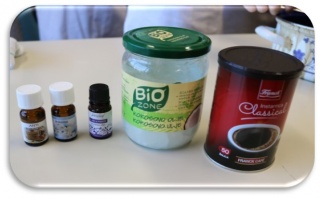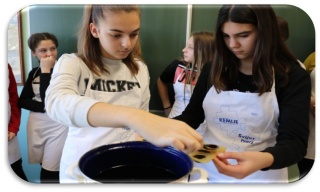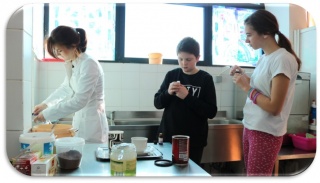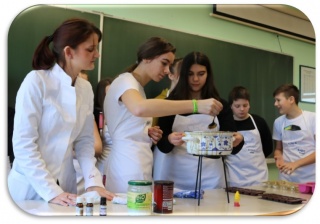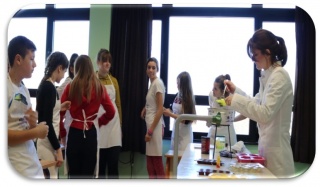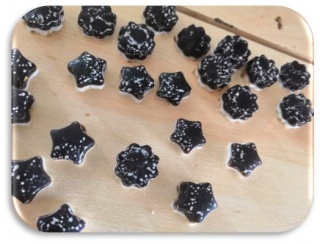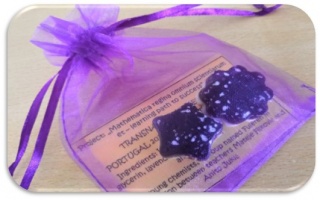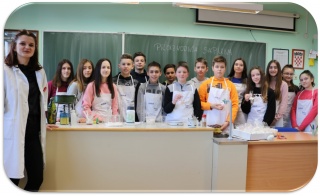| < | veljača, 2019 | > | ||||
| P | U | S | Č | P | S | N |
| 1 | 2 | 3 | ||||
| 4 | 5 | 6 | 7 | 8 | 9 | 10 |
| 11 | 12 | 13 | 14 | 15 | 16 | 17 |
| 18 | 19 | 20 | 21 | 22 | 23 | 24 |
| 25 | 26 | 27 | 28 | |||
Srpanj 2020 (1)
Lipanj 2020 (1)
Svibanj 2020 (1)
Travanj 2020 (1)
Ožujak 2020 (1)
Veljača 2020 (1)
Siječanj 2020 (1)
Prosinac 2019 (2)
Srpanj 2019 (1)
Lipanj 2019 (2)
Svibanj 2019 (1)
Travanj 2019 (1)
Veljača 2019 (1)
Prosinac 2018 (2)
Studeni 2018 (1)
Rujan 2018 (4)
Srpanj 2018 (1)
Ožujak 2018 (3)
Veljača 2018 (1)
Prosinac 2017 (3)
Studeni 2017 (2)
Links
Project forum
Website of the project
Općenito o projektu
Prvi meeting u Poljskoj
Agencija za mobilnost i programe EU
You Tube Channel of the project
Website of the project
Općenito o projektu
Prvi meeting u Poljskoj
Agencija za mobilnost i programe EU
You Tube Channel of the project
VIDEOS FROM THE MEETING IN CROATIA
25.02.2019., ponedjeljak
How much CHEMISTRY is in CHEMISTRY? Activity for January 2019.
Activity description
We conducted a planning process of eco soaps production among 7th graders included in extracurricular activity Fuleren- young chemists. Soap is anionic surfactant used for washing and cleaning. It is in solid aggregate state or in a shape of viscous liquid. The difference of chemical structure is shown in sodium or potassium salts of fatty acids. We get soap with acids reaction with strong alkalis in process of saponification. Nowadays, soaps are more used for personal hygiene, while in the past these products were a main resource for cleaning because of soap's ability to remove greasiness. Long polar molecule of the soap with the hydrophilic part absorbs water while the hydrophobic part escapes water.
In the aqueous solution the soap molecule is directed so the hydrophobic part is directed toward the fat molecule.When the fat drops ,completely encapsulates the molecules of the soap,it creates balloon clumps of fat called micelles, on the outer part where hydrophilic ends of the soap are exposed. As these endpoints are plunged to the water, such a cluster is floating and during the washing it will easily leak down the stream of water.Soaps are also surface-active substances and that reduces the surface tension of water.
SOAP PRODUCTION PROCESS
During our workshop we were conducting a cold soap manufacturing process.We've tried to make good quality soaps and we were trying to create an ideal ratio of alkaline, water and fatty acids.The reason for the addition of the base lies in the aspiration of the process of saponification. Saponification is the process of fat degradation, analogously to the process of soap formation which includes time dispersion of soap. The cold production process was carried out to eliminate the possible unwanted effects of the corrosive sodium base. The production process was carried out through 10 steps. We have started with the inevitable preparation of metal molds for soaps and dishes and laboratory equipment. Afterwards, we weighed the ingredients into glass bottles and gauge glass and weighing in, according to the saponification factor, was very important. Mixing of water and hydroxide should be conducted very carefully. Carefully add the base to the water! Never water in the basin. Leave the solution to cool with occasional stirring. Keep in the airy room. As the base cools down, you should warm the oil. The oil and lye must be of the same temperature. While stirring slowly add the oil. Add essential oils and dyes. Pour the soap in the molds and pay attention it's evenly distributed. It's time for cleaning the space and laboratory equipment. Thoroughly wash all the dishes! After 24 hours remove the soap from the molds and leave it for 4 weeks. Try soaps after 4 weeks.
Inspiration for this activity:
-more common homemade and natural (eco) soaps manufacture
-very simple process used in ancient times
- developing inovation and creativity in children because of possible use of different ingredients such as essential and edible oils and different nutritional colours
-children's interest to make their own usable soap
-use in everyday life
-chemistry and mathematics link
Activity aim
-to connect by carrying out math and chemistry experiments using a daily batch of chemical calculations, by applying analogously andmanufacturing preparations we use daily
-popularize eco products in everyday life
-encourage pupils to protect nature and use eco and natural products
The activity is accompanied by making a short film in English which will be released on a transnational meeting in Portugal in May 2019. In purpose of making this kind of a film, the activity is translated in English and leading actors are students who present their knowledge through the activity. For documenting the activity we are going to use multimedia equipment, photo camera, camera, internet, Youtube channel and Adobe Premiere Pro program.
The activity is created and accomplished by Math teacher Anita Jukić and Chemistry teacher Mateja Filković in cooperation with English teacher Azra Benković.

